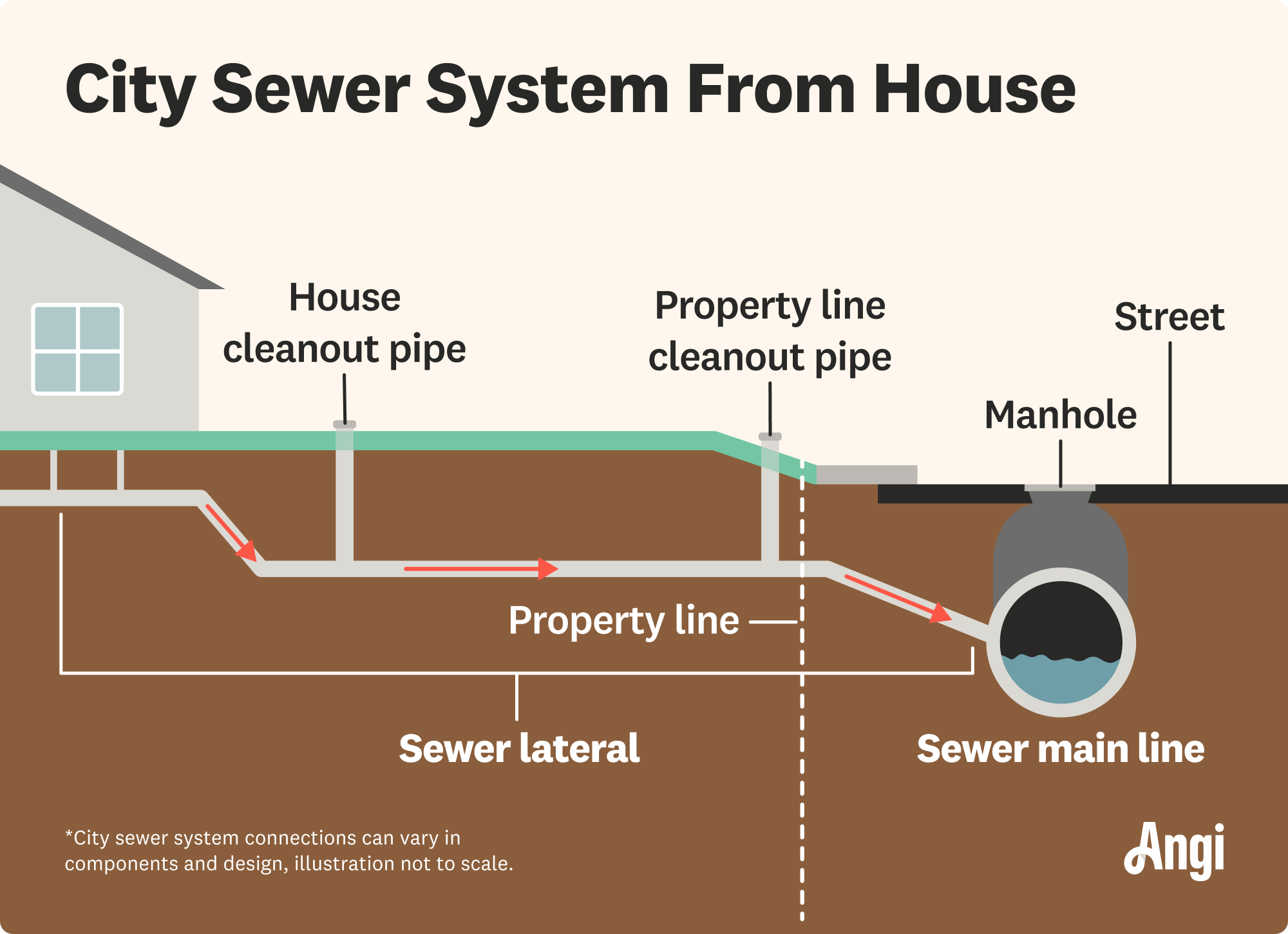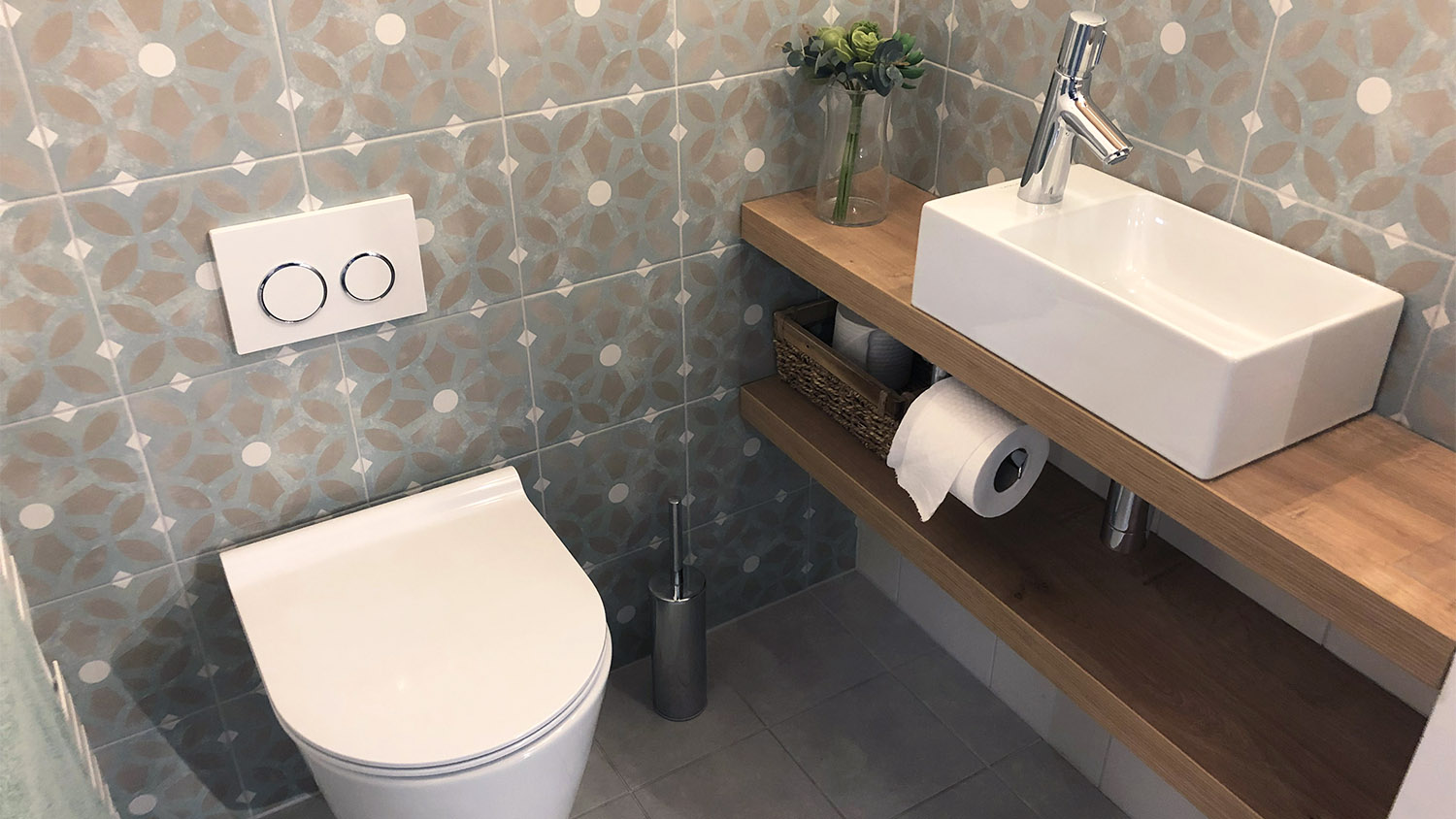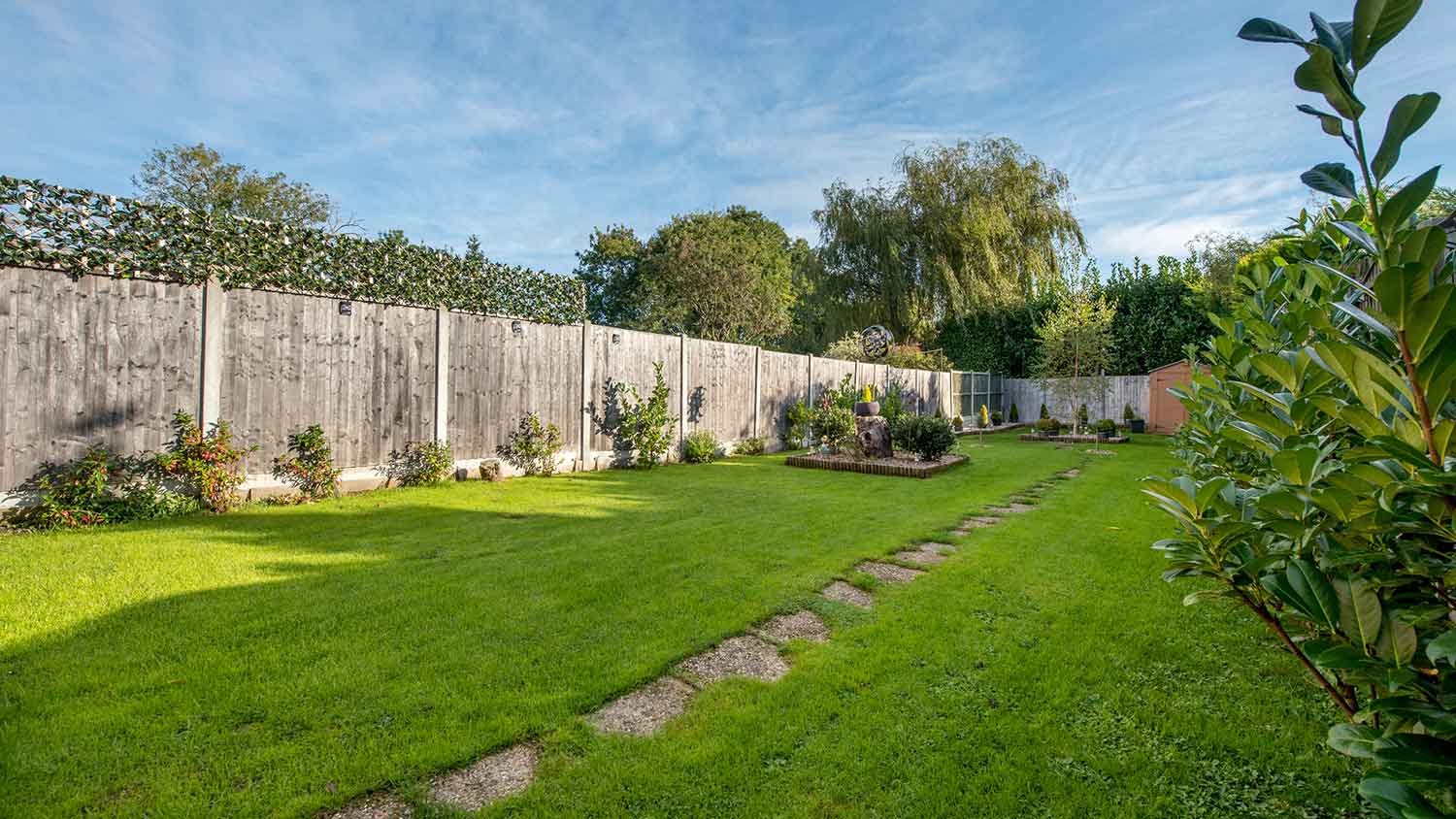
Need to prevent sewer backflow on your property? Explore the factors of backflow preventer installation cost, including device types and common add-ons.
Septic tank service costs depend on your project and location. Check with a local pro for your specific job.
The most significant cost factors are the type of cleanout you need and how deep your lateral line is.
You’ll need a permit to install a sewer cleanout, and this can add up to $1,500 to your total.
Two-way cleanouts cost up to 1.5 times as much as one-way cleanouts but offer greater functionality and value.
Homeowners insurance doesn’t cover sewer cleanouts, so consider taking out a standalone policy for peace of mind.
A two-way sewer cleanout costs $2,700 to install on average. Costs commonly range from $1,400 to $3,500, depending on pipe size and labor costs. Costs range from $50 to $250 per linear foot.
A sewer cleanout is aptly named—this helpful pipe is capped and connected to the sewer line, so a pro can easily access it to remove any clogs in your system. It’s easily confused with a sewer cleanout service, where a plumber actually cleans out the sewer line, but this guide refers to the cost of a sewer cleanout, a type of pipe.

With such a wide range of costs for a sewer cleanout, it’s clear that there are several factors that can influence the cost. The cost of a sewer cleanout will depend on how long the pipe is and what type you choose, but you’ll also need to pay for permits and labor.
There are a few different types of sewer cleanouts, although you’ll most commonly see the two-way sewer cleanout setup, which costs $1,000 to $3,500, for modern homes.
| Type | Average Cost |
|---|---|
| Two-way cleanout | $1,000–$3,500 |
| One-way cleanout | $650–$2,000 |
| Test tee | $5–$24 per fitting |
In less common cases, you may find one-way sewer cleanouts or test tees, ideal for use inside a home’s walls, and these may cost less than a two-way cleanout but offer less functionality.
A sewer cleanout costs $50 to $250 per linear foot, so the longer the pipe you need to connect to the sewer line, the more you’ll spend for installation.
| Size in Feet | Average Cost |
|---|---|
| 1 | $50–$250 |
| 1.5 | $75–$375 |
| 2 | $100–$500 |
| 2.5 | $125–$625 |
| 3 | $150–$750 |
| 3.5 | $175–$875 |
| 4 | $200–$1,000 |
| 4.5 | $225–$1,125 |
| 5 | $250–$1,250 |
Labor-wise, you’ll pay $45 to $200 per plumber per hour, and the work takes a few hours. For bigger excavations that require heavy machinery or longer pipe installations, the work will take longer and cost more.
A permit costs $50 to $500 for plumbing projects but may go up to $1,600 for this type of project, and digging up the ground to connect with the sewer line always requires a permit. Fortunately, when you work with a pro, they can help you obtain the correct permits with no hassle.
Sewer cleanouts are available in a few different types, although today, you’ll mostly find two-way cleanouts available. Two-way cleanouts offer the most functionality, but there are other options if a two-way system doesn’t suit your budget.
Costs for a one-way sewer cleanout pipe can range between $650 and $2,000. A single sewer cleanout is a curved pipe that offers access to the sewer line from either the house or the yard. It is better than having no cleanout pipe, which makes it harder and more expensive to inspect and unclog the sewer line, but it’s not as functional as the two-way cleanout that offers sewer line access from both directions.
A two-way sewer cleanout pipe costs about $1,000 to $3,500. This type of sewer cleanout, which is often in a “U” shape, offers access to the sewer line in two directions: from the yard and from the home. The two-way sewer cleanout means plumbers can send down a camera for inspections or use a snake or hydrojet from either direction for better access to clogs.
Costs for a test tee range between $5 and $24 per fitting. A test tee, commonly used as a sewer cleanout inside a wall, connects to the sewer line at a 90-degree angle. It isn’t as functional as a one- or two-way cleanout, but it does offer limited access to the drain line.

Once a pro installs your sewer cleanout, you’ll need to keep up with regular maintenance, repairs, and insurance payments to keep the pipe running smoothly. Here are some of the ongoing costs you can expect with a sewer cleanout installation.
A broken cleanout cap costs $5 to $40 to fix, depending on the type that’s compatible with your pipe. You can accidentally break the cap if you run over it with a mower or weed whacker, so be careful around the sewer cleanout when doing yard work.
Other plumbing repairs cost $175 to $450, while repairs to the main sewer line cost $60 to $250 per linear foot.
You may spend $8 to $15 per month or $40 to $200 per year for sewer line insurance with up to $20,000 in coverage. A homeowner’s insurance policy often doesn’t cover sewer line damage, so you may need to pay for an additional backup rider or even a standalone sewer line policy to help pay for potential damage, backups, and even regular inspections and maintenance, depending on your policy.
Hiring a local sewer technician for a sewer cleanout costs more than doing basic checks yourself, but it saves time, reduces the risk of damage, and prevents hazardous exposure to sewage and bacteria. Pros bring specialized cameras, hydro-jetting, and disposal methods that DIY tools rarely match.
If you want the most reliable, safe outcome, hiring a professional provides several clear advantages:
Faster diagnosis using camera inspection to detect blockages, tree roots, or pipe damage
Access to powerful equipment (hydro-jetters, augers, motorized snakes) that thoroughly clears deep blockages
Proper disposal and sanitization to lower health risks from raw sewage
Reduced risk of accidentally damaging pipes, foundation, or landscaping
Warranty or service guarantees on work and clearer insurance documentation
Ability to identify and recommend repairs beyond just clearing, such as cracked pipes, collapsed lines, or improper slopes
If you prefer to try fixes yourself first, these are reasonable DIY actions a homeowner can take:
Use a handheld auger or a manual snake for simple clogs near the cleanout access.
Open the cleanout cap carefully to relieve minor pressure or verify the backup location.
Clear visible debris and flush sinks or tubs after removing the immediate blockage.
Wear PPE (gloves, goggles, mask) and disinfect affected surfaces afterward.
Call a professional promptly if water backs up repeatedly, odors persist, or you notice signs of pipe damage.
Ask whether they will perform a camera inspection and show you the footage or report so you understand the location and cause of the blockage.
Confirm the methods they'll use (hydro-jetting vs. snake/auger), the expected effectiveness, and any risks to older or clay pipes.
Discuss whether the cleanout or any damaged pipe sections will be repaired or replaced, plus estimated costs, timelines, and warranty terms.
Ask how they handle cleanup and sanitization, whether they test for contamination, and what preventative steps they recommend to avoid future backups.
If you decide to install a sewer cleanout, there are several other projects and services you may want to tackle at the same time. As a bonus, you may even be able to bundle some services to boost your cost savings.
Septic tank replacement cost: $5,000–$12,000
Sewer line clog repair cost: $1,300–$5,100
Drain cleaning cost: $150–$350
Sewer line camera inspection cost: $250–$1,175
Sewer line installation cost: $1,400– $5,730
Installing a sewer cleanout itself is a project that can save you time and money on plumbing inspections and sewer cleaning, but you can also take advantage of a few different ways to save money on this project.
Get multiple quotes: Make sure to get at least three quotes from plumbing pros, and choose the option that offers the best value.
Choose a two-way cleanout: While a one-way or test tee may cost less, a two-way cleanout offers more functionality, making it a better value in the long run.
Install closer to the sewer line: If your property landscape allows, shorten the linear feet you need to pay for by installing the sewer cleanout closer to the sewer line.
Home is the most important place on earth, which is why Angi has helped more than 150 million homeowners transform their houses into homes they adore. To help homeowners with their next project, Angi provides readers with the most accurate cost data and upholds strict editorial standards. We extensively research project costs to develop the pricing data you see, so you can make the best decisions for you and your home. We rely on reputable sources, including the U.S. Bureau of Labor Statistics, academic journals, market studies, and interviews with industry experts—all to ensure our prices reflect real-world projects.
Want to help us improve our cost data? Send us a recent project quote to [email protected]. Quotes and personal information will not be shared publicly.
From average costs to expert advice, get all the answers you need to get your job done.

Need to prevent sewer backflow on your property? Explore the factors of backflow preventer installation cost, including device types and common add-ons.

Need to know what sewer line replacement costs in Seattle, WA? This guide will help you prepare to budget for sewer line replacement done by local contractors.

Roto-Rooter plumbing services can help you unclog drains, fix leaks, or provide remediation services after a flood. Learn the average cost to hire a local specialist and how they can help you.

Got a septic tank? Then you've got a leach field. Knowing where it is helps you maintain your system. Here's how to find a leach field.

To unclog a sewer line, you may need to access your septic cleanout. If so, you might wonder: How do I find my septic tank cleanout? Find out in this guide.

How long do septic tanks last? It’s a valid question for those who have one. The answer is it varies between 15 and 50 years, depending on several factors.